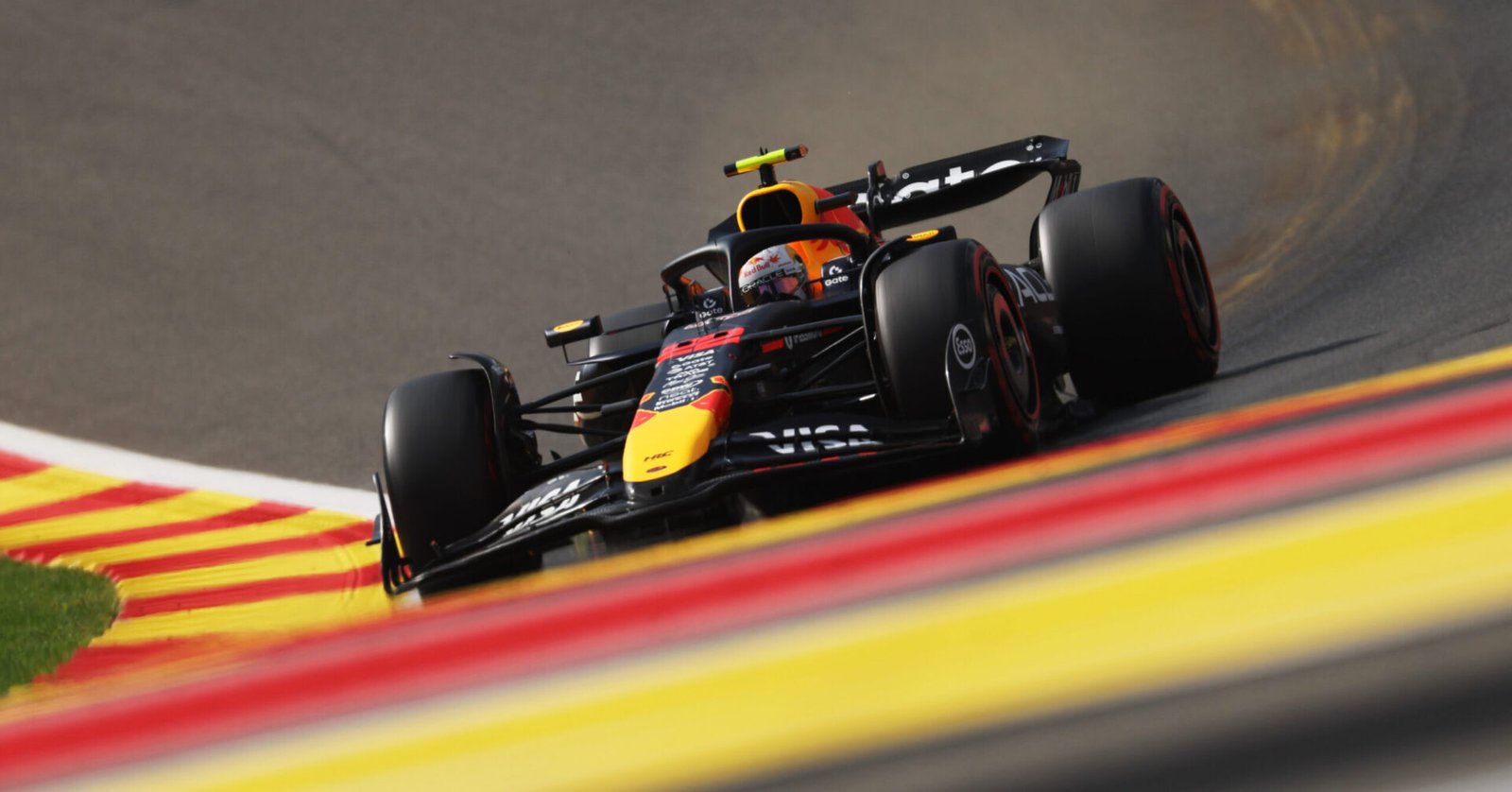F1 is an expensive sport for all the teams involved, as they plough millions of dollars into getting their cars to become the fastest on the grid. All teams must adhere to the FIA-enforced cost cap, which includes the manufacturing of their cars.
It is estimated that manufacturing an F1 car can cost an estimated $12 to 16 million per car. But where does all that go on the F1 car, and what is the breakdown of that cost?
Where do the millions of dollars go on the F1 car?
Manufacturing an F1 car is expensive, with multi-millions going into just getting it onto the track. The estimation of around $15 million can vary between teams and the specific parts they use.
The power unit and electrical devices
The most expensive part of the car is the V6 turbocharged engines, used since the 2014 engine cycle came into effect. The power units are complex and have six components, and can cost the team in the region of $10.5 million. Teams can use up to four power units per season, meaning they need to purchase that amount.
F1 gearboxes are not as simple as the ones used in road cars. They are highly engineered systems which provide F1 cars with seamless gear changes to handle the power of the engine. Depending on whether the gearbox is made in-house or bought from another team, they cost between $200,000 and $500,000.
Inside the F1 Steering Wheel: How 20+ Buttons Give Drivers Total Control on Track
An F1 car’s steering wheel is complex. The wheel is more like a computer than just a wheel, and has 20 buttons on it. It can be used to change gears, activate DRS, change brake bias, and steer the car. The steering wheel alone can cost the teams around $50,000.
The aerodynamic parts of an F1 car
Another integral part of the F1 car is the chassis. This is the structure of the F1 car, with all the other components attached. The component also provides a protective barrier for the driver. This part can cost a hefty $700,000.
To help with the car’s aerodynamics, the front and rear wings are vital. They help create the downforce to make the cars go faster around the corners, and reduce drag to go faster on the straights. These parts come as a pair and can cost around $200,000.
EXPLAINED: Why the Front and Rear Wings are so Important to an F1 Car
In the current ground-effect era, the floor of the cars is possibly the most vital part of the aerodynamics. This part is crucial to achieving optimum downforce, and it can cost teams around $140,000. However, after the new regulation change in 2026, there is less emphasis on the floor.
All the bodywork, aerodynamic components and chassis are made from carbon fibre. This material is lightweight, which is great for keeping the car within the weight limit. However, carbon fibre is one of the most expensive materials used.
All these parts of the cars also need spares in case of an accident or if they sustain damage. This doubles the cost of manufacturing. If a driver has many accidents over a season, the costs of damage will keep rising. With the cost cap, this will lessen the amount teams can spend on designing and new upgrades to help performance.
The new regulations will also bring about a change to the dynamics of building a car, which will, in turn, affect the related costs. The question right now is whether the effects will be in favor of the teams or not.












